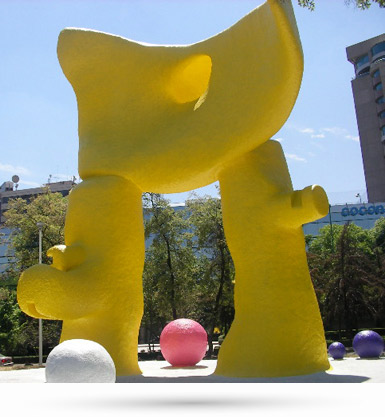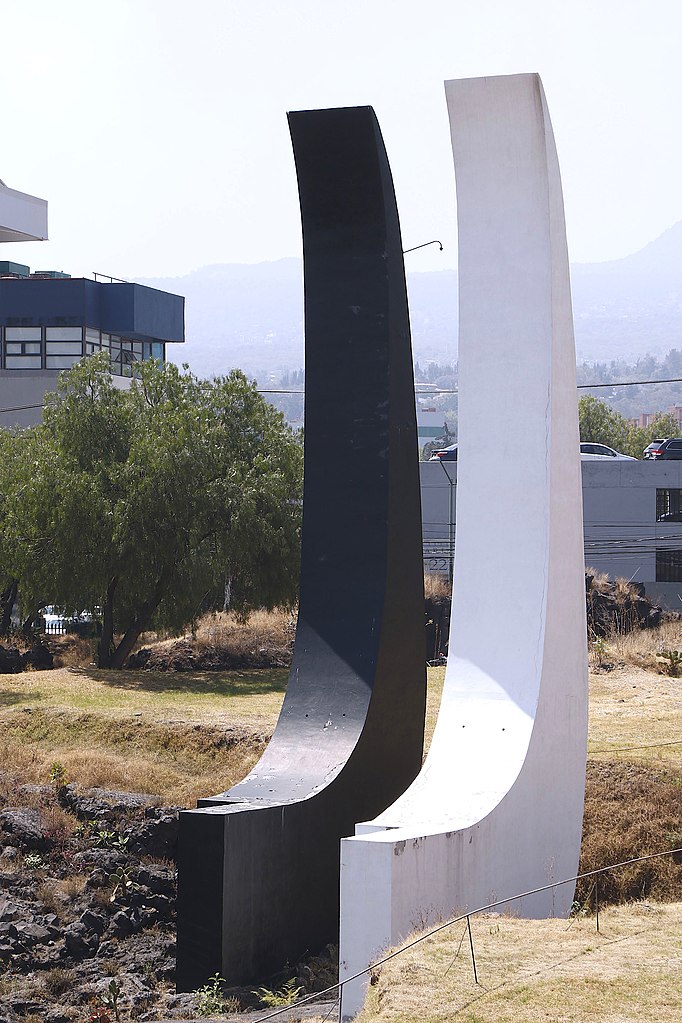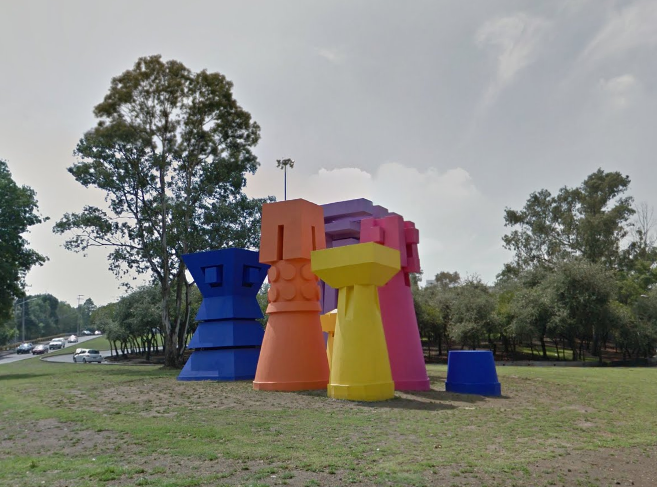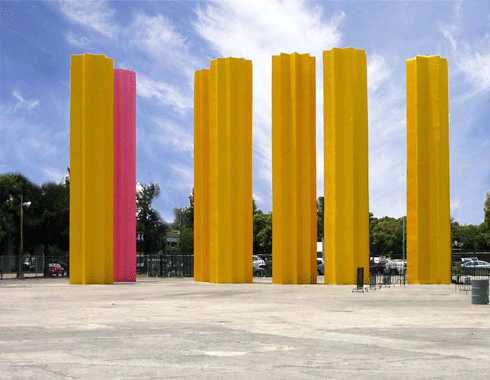
El Sol bípedo de Pierre Székely
 Periférico Sur, Inter Carretera Picacho-Ajusco, Alc. Tlalpan 14210 CDMX
Periférico Sur, Inter Carretera Picacho-Ajusco, Alc. Tlalpan 14210 CDMX


Señales de Ángela Gurría
 Insurgentes Sur, Col. Parques del Pedregal, Alc. Tlalpan, 14010 CDMX
Insurgentes Sur, Col. Parques del Pedregal, Alc. Tlalpan, 14010 CDMX


Tertulia de Gigantes de Joop Beljon
 Calz México-Xochimilco/Viaducto de Tlalpan, Col. Huipulco, Alc. Tlalpan, 14370 CDMX
Calz México-Xochimilco/Viaducto de Tlalpan, Col. Huipulco, Alc. Tlalpan, 14370 CDMX


El Ancla de Willi Gutmann
 Ave Insurgentes Sur/, Cuicuilco, Coyoacán, 04530 CDMX
Ave Insurgentes Sur/, Cuicuilco, Coyoacán, 04530 CDMX


Martine de Olivier Seguin
 Anillo Periférico/ Blvd Adolfo Ruiz Cortines, Col. Belisario Domínguez Secc 16, Alc. Tlalpan, 14080 CDMX
Anillo Periférico/ Blvd Adolfo Ruiz Cortines, Col. Belisario Domínguez Secc 16, Alc. Tlalpan, 14080 CDMX


La Osa Mayor; Mathias Goeritz
 Río Churubusco, Ciudad Deportiva, Col. Granjas México, Alc Iztacalco, 08400 CDMX
Río Churubusco, Ciudad Deportiva, Col. Granjas México, Alc Iztacalco, 08400 CDMX


